HEARTS, HEARTS, HEARTS!
The Story Behind the Enduring Heart Shape
The heart shape is one of the most recognized symbols in the world, but have you ever wondered how all 7.8 billion of us agreed that this symmetrical heart – a far cry from the organ we carry inside us – is the universal sign for LOVE?
Of course, such an important symbol that crosses cultures and traditions carry many more subtleties of meaning but it has long been recognized as not just a symbol of LOVE but also sentimentality, passion, charity, joy and compassion. Some other connotations associated with the heart are unity, the sacred, sensuality, femininity and attraction and it’s most often used to stand for the moral, emotional and spiritual fabric of a person.
The heart has been referred to and believed to be the core of one’s humanity, but how did we get to this shape after all?
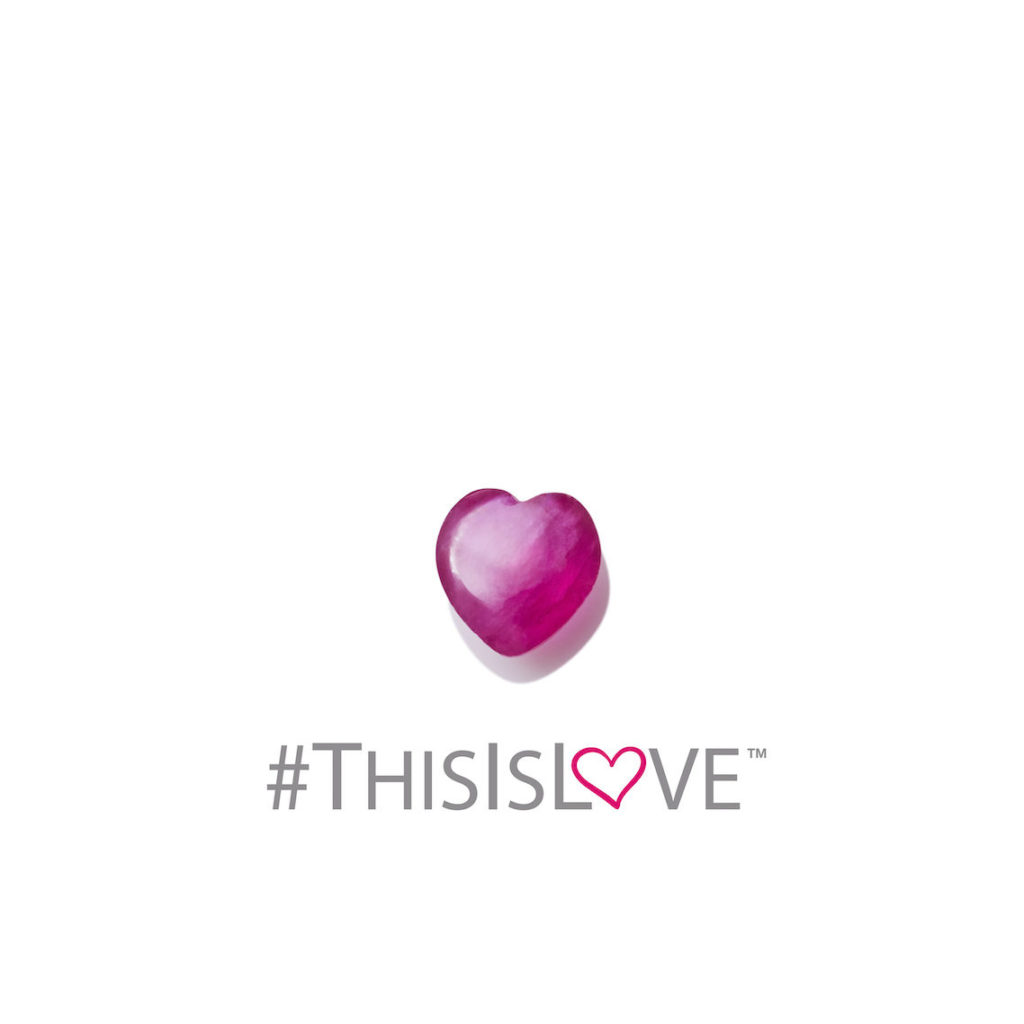
The Heart Shape – Beginnings
By definition, the heart shape is an ideograph used to express the idea of the “heart” in its metaphorical or symbolic sense as the center of emotion, including affection and love, especially romantic love.
The heart shape has been found on pottery, buildings and coins since 3000 BCE, thus the origin of the heart shape is still somewhat disputed today. One theory suggests that the origin of the heart symbol can be traced back to an ancient plant called silphium that grew on the North African coastline, nowadays Libya. Now extinct, the plant was used as a form of birth control and was even imprinted on coins found in the area. Another possibility is that the shape of the heart mimics the curves on a woman’s body – suggestion driven from heart shapes used as a symbol indicating brothels in ancient Pompei.
Another explanation of how we came to the current heart shape is that many medieval alchemists tried to draw the shape of the heart based on ancient text, since they were prohibited from performing autopsies on humans, and ended up with the 2 symmetrical lobs.
It wasn’t until the 1300s France that the heart as a symbol of romantic love appears in a miniature with a suitor offering his heart to a lady. From that moment on, there was an explosion of heart imagery and this universal icon could be found not only on manuscripts but also on luxury items like brooches, pendants, rings and tapestries.
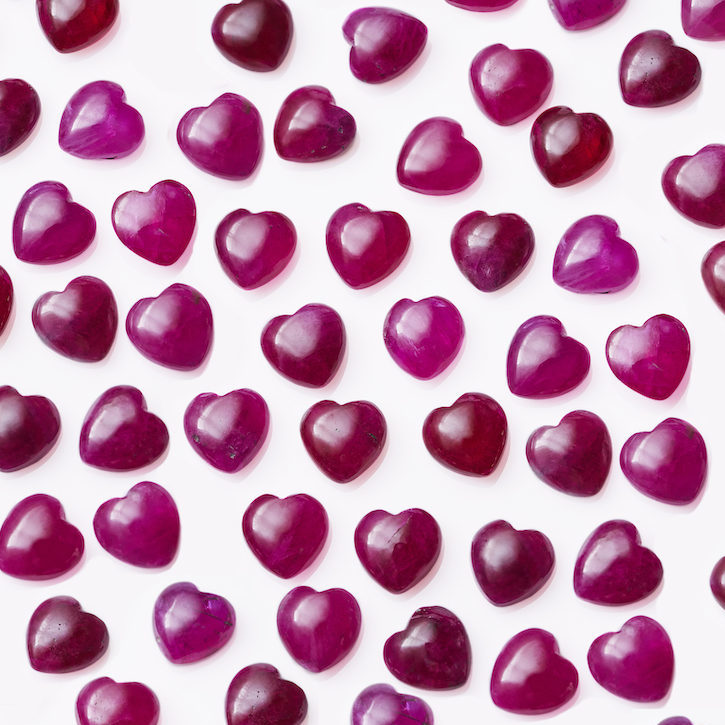
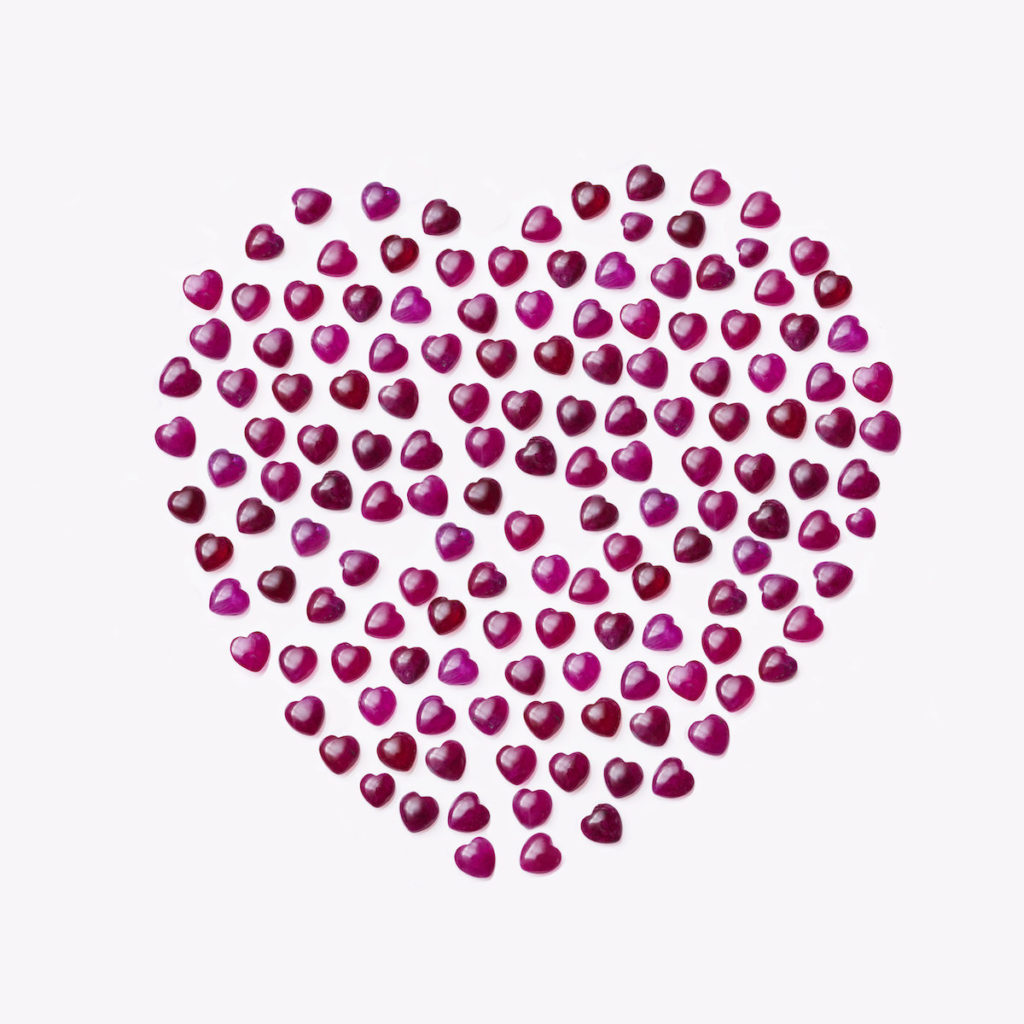
Meaning and History
The ancient Greek philosophers linked the heart with our strongest emotions, Plato believed the chest is the center of emotions, while Aristotle thought that the heart is the center of all human processes. With the Romans, the association between the heart and love goes mainstream, with Venus the goddess of love, and Cupid whose arrows pierced lover’s hearts.
Speaking of the Romans and love, we also have them to thank for the Wedding Ring and the tradition that is still followed to this day. The Romans believed that there’s a vein extending from the fourth finger of the left hand directly to the heart, called ‘vena amoris’ and wearing a wedding ring on that finger goes back to the mighty Rome.
Other cultures took on different connotations for the heart, in India it symbolizes the universe, in China it’s a fiery energy and the heart in the human body mirrors the position of the sun in relation to the universe. Egyptians recognize the heart as a container and key to entering the afterlife as their heart would be weighed against the feather of truth and justice.
It wasn’t until the 1300s France that the heart as a symbol of romantic In Islam the heart stands for contemplation, spiritual life and the connection between spirit and matter and in the Sufi tradition the heart is eternity, light and divinity, the center of consciousness and the vehicle by which god sees us.
Medieval times saw the heart icon going viral and could be found on anything from coats of arms and playing cards to swords and engravings.
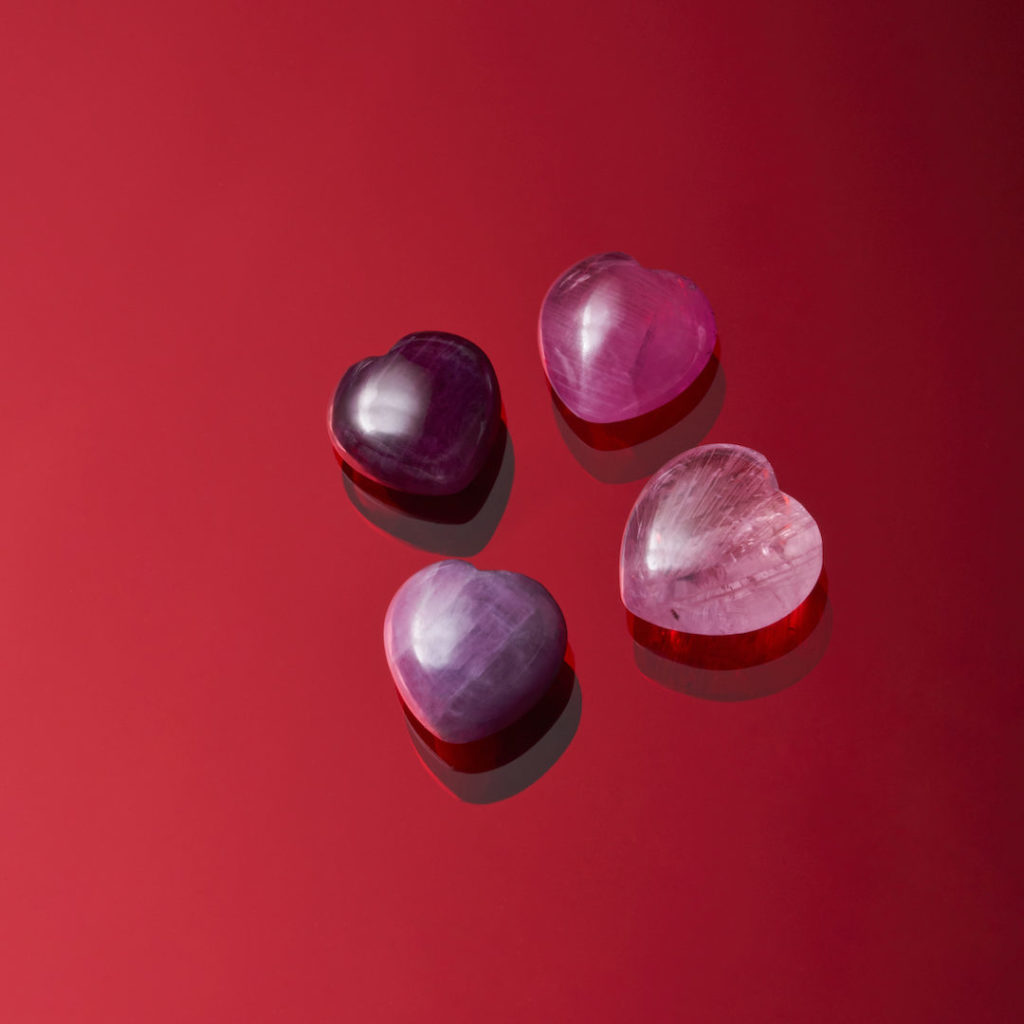
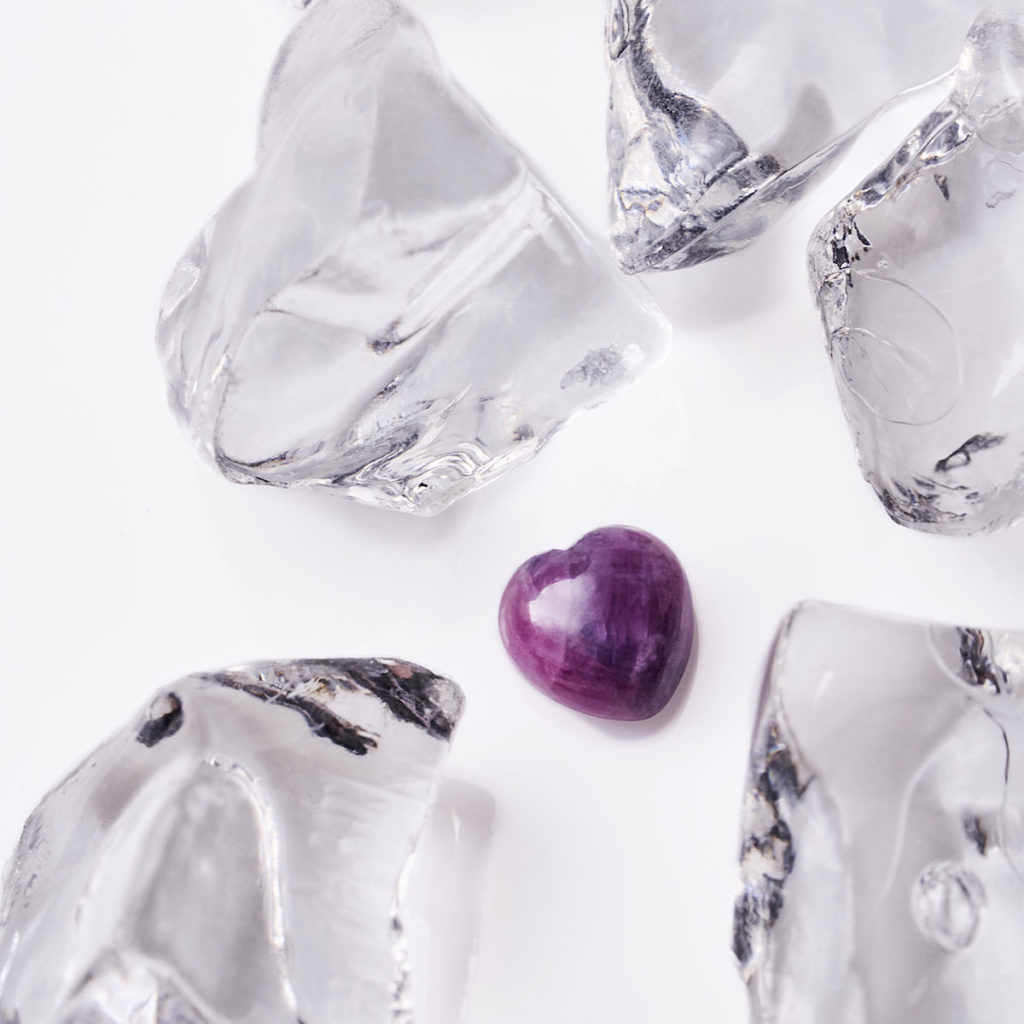
From Valentine’s Day to Modern Love
Unlike popular belief, Valentine’s Day has been around for ages, since Saint Valentine of Rome was added to the catholic calendar to be commemorated on February 14th. The synergy of this day with love became more popular in the 17th century when mostly French, English and Americans would give a few lines on a piece of paper to their lovers. Over the years, a few lines of verse transformed into luxury gifts and stuffed animals.
Technology and modern times brought 2 new iterations to the heart shape, first from Milton Glaser the graphic design behind the iconic ILOVENY logo and second from Japanese designers who released the first emojis made for mobile communication. Today there are about 30 different emoji containing a heart but this universal symbol of love will evolve and reinvent itself like it did for the past 2000 years.
